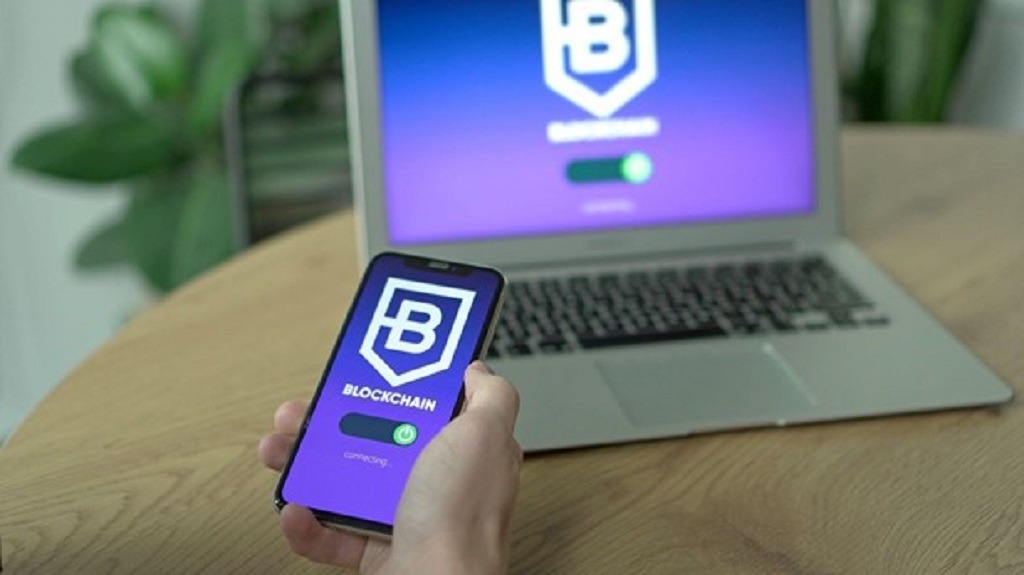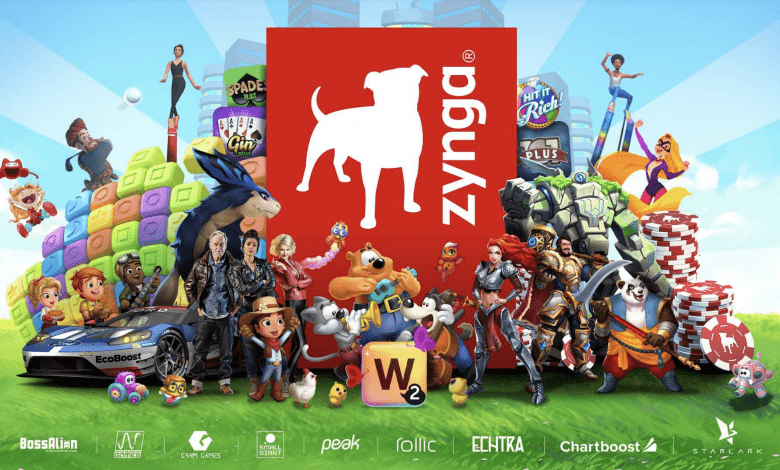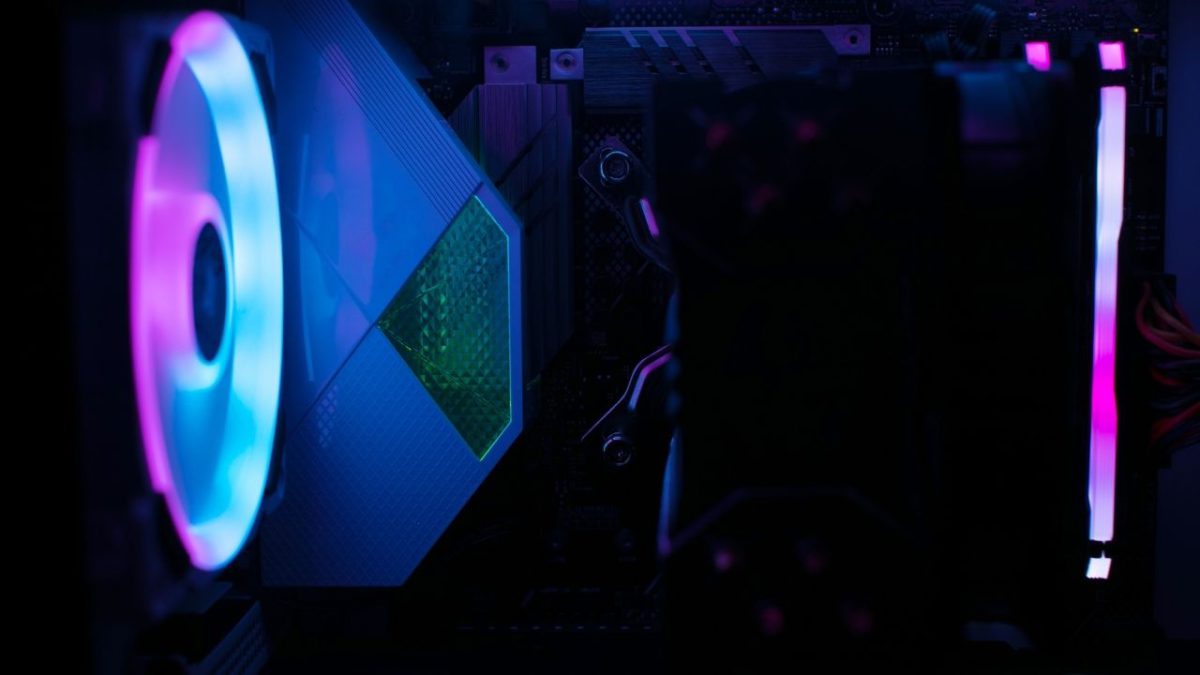Blockchain and Gaming: Possibilities, Challenges, and Real-World Examples
It appears that the gaming industry has never had a shortage of users or experienced a lot of turnovers. Will the entry of NFTs into this space, as well as the recent rise of blockchain video games, increase their number? Let’s see what happens.
Who usually becomes famous overnight? Bloggers, TikTok users, and random meme creators make up the majority of the crowd. In turn, because we require time to study and evaluate technologies, they cannot yet brag of lightning-like success and fast adoption.
The same thing happened with blockchain: it was first proposed in 2008 as part of a Bitcoin proposal, but it wasn’t until years later that cryptocurrencies became the new norm in the financial world, and blockchain was finally recognized as a mature technology capable of solving problems outside of the crypto domain.
Blockchain technology took some time to mature, but it is finally poised to revolutionize the gaming industry. The advantages of blockchain implementation in gaming, the challenges that blockchain games currently face, and real-world instances of blockchain-based video games.
Today’s gaming business
The video game business is already enormous and continues to expand at a rapid pace. The worldwide gaming market is presently valued at $178 billion and is expected to grow at a CAGR of 9.64 percent over the following five years to $314.40 billion by 2026.
The figures have obviously been influenced by the global COVID-19 outbreak. According to one assessment, time spent playing video games surged by double-digits across all regions during the lockdown as of June 2020. Latin American gamers are the most dedicated, spending 52 percent more time playing video games than the rest of the world.
Meanwhile, Mordor Intelligence believes that the Asia Pacific area will command the industry’s highest market share. South Korea, Japan, and China are the three countries with the most market development potential in the following years.
Here are a few more gaming trends to consider:
- The popularity of cloud gaming is growing.
- eSports are extremely popular all throughout the world, but particularly in the United States and South Korea.
- The number of players who play games on their smartphones is growing.
- NFTs and blockchain games are gaining popularity.
Fortnight, League of Legends, Crossfire, Minecraft, Counter-Strike: Global Offensive, and Dota 2 are the most popular video games so far. These are the gaming behemoths that are nearly hard to defeat. However, blockchain offers some advances that may draw a large number of players to crypto games.
What blockchain brings to the table in terms of gaming
Blockchain technology has evolved into a game-changing technology. Each domain benefits from at least four distinct characteristics provided by blockchain: decentralization, immutability, transparency, and better security. These characteristics have the potential to change the game industry as well.
Gaming’s blockchain-driven Trends
Only the arrival of blockchain has made several significant trends in the gaming business technically conceivable. Asset tokenization, NFTs, and the P2E model are the three.
Tokenization
Asset tokenization has been made possible by blockchain technology, which allows any digital or physical asset to be transformed into tokens and then sold on marketplaces. This is also applicable to the gaming industry.
Skins, currencies, gems, weapons, equipment, and even characters can all be sold as tokens in video games. Gamers who purchase them will own them, and any sale or transfer of ownership will be recorded and safely preserved on the blockchain. Furthermore, any gamer can keep track of digital asset usage and verify its legitimacy.
Digital collectibles and NFTs
Many celebrities and athletes have taken notice of the NFT phenomenon. Blockchain is the technology that has allowed this concept to be introduced. But, in terms of gameplay, what are NFTs? These are non-fungible tokens based on the blockchain that represent unique in-game objects. Gamers can purchase, sell, and collect them, but they can’t be duplicated or swapped.
NFT games are not a new concept. The NFT craze began in 2017 with the release of CryptoKitties, a blockchain game. Players can buy, breed, acquire, and sell digital kittens with distinct looks and characteristics. It sounds like a 21st-century Tamagotchi that 90s youngsters would go crazy about.
Another blockchain game, Axie Infinity, is on the verge of stepping on cats’ toes. The daily active user population of Axie Infinity grew from 30,000 in April 2021 to over 1 million in August. Players purchase, increase, breed, trade, and battle “axies” in this game.
Another exciting piece of news is that Polygon Studios, a gaming website based in the United States, has recently opened. The studio will create NFTs for the gaming industry and has set up a $100 million fund to assist developers. As you can see, NFTs and blockchain have a lot to offer, but games involving digital treasures are arguably the most popular use.
Also, read – LifeForce Games Raises $5 Million in a Seed Round for Blockchain Gaming Platform
Looking for cryptocurrency
A person looking for Bitcoin in the bushes with a spotting scope. Another prevalent trend is the play-to-earn (P2E) paradigm. Is it possible to earn cryptocurrency by playing games? Sure! Players must seek for, buy, or earn objects in crypto games, just like in any other video game, but they are tokenized and displayed as NFTs. Players can post these products on digital marketplaces after obtaining them, where they can exchange them for other non-fungible tokens or just sell them for cryptocurrency.
This is how CryptoBlades, for example, operates. Players earn SKILL tokens for fighting monsters, killing adversaries, and completing raids in an NFT role-playing game on the Binance Smart Chain. After that, customers can trade their tokens, which are game characters or unique things, on an open market. They also have the option of staking their SKILLs in exchange for extra tokens.
There is no such thing as a free lunch, however. The initial investment is frequently required in crypto games. Gamers must first create a cryptocurrency wallet, purchase some cash, and pay transaction fees.
What are the hurdles to the growth of blockchain games?
For years, blockchain and cryptocurrency have been hot subjects. There have been a number of successful pilots, projects, and use cases. But what’s holding back blockchain’s widespread use in games? There are a number of aspects to consider. To begin with, serious gamers require more than the ability to purchase or acquire items. They’re searching for compelling plots, thrilling battles, a sense of rivalry, and pure enjoyment.
Second, blockchain games are pretty tricky to understand. The system, not the plot, is the source of the intricacy. Most crypto games require you to register an account before you can begin playing – this is the simple part. Then, depending on whatever blockchain the game is built on and which wallet the system employs, you must create a cryptocurrency wallet and purchase a specific quantity of cryptocurrency. If the game is built on the Ethereum blockchain, for example, you may need to purchase ETH. You’ll need to buy some BNB if it’s Binance Smart Chain. Don’t forget to include it in transaction costs.
Gamers despise latency in games and network congestion. Unfortunately, this happens to popular Ethereum-based games from time to time. The scalability issue, limited throughput (only 13-15 transactions per second), and high transaction prices of this blockchain are well-known. Ethereum is unsuited for large-scale applications due to these drawbacks. Meanwhile, game developers want to attract as many players as possible. Those who still want to develop games on the blockchain but aren’t satisfied with Ethereum frequently choose one of the following two options:
The corporation may elect to shift the game to another blockchain if the game was first built on Ethereum and then became so successful that it could no longer handle the massive influx of users. The corporation can establish its own blockchain and migrate the game to it once more.
Dapper Labs, the creators of CryptoKitties, for example, experienced network congestion as their blockchain game grew in popularity. As a result of this experience, the business developed Flow, its own blockchain. Dapper’s new sports platform is created on the Flow blockchain, whereas CryptoKitties is still using Ethereum.
If you haven’t bred @cryptokitties then you truly haven’t experienced NFTs, so many other NFTs were born from this community. https://t.co/0rrfhLvhqq #NFT #NFTCommunity #Cryptokitties
— ricrieb.nft (@RichardRiebold) April 3, 2022
The founders of Sky Mavis and Axie Infinity, on the other hand, were dissatisfied with Ethereum’s transaction fees. They solved this problem by transferring the game’s whole economy to the Ronin sidechain. This Ethereum sidechain was created with Axie Infinity gamers in mind. It is still compatible with all of Ethereum’s features.
By the way, there is still a possibility that Ethereum’s scalability issue will be resolved. Ethereum developers intend to implement sharding in the future years. If this upgrade is successful, there will almost certainly be more games on this blockchain. In any case, Ethereum has a number of worthy rivals, including Binance Smart Chain, Flow, EOS, WAX, and others.
Crypto gaming monetization methods
It’s no secret that gaming has become a very profitable industry in recent years. One reason is that gamers place equal importance on virtual and tangible assets. Take a look at the numbers in the United States: Here, 87 percent of players purchase downloadable content. In-game cash, aesthetic modifications, and weapon upgrades are among the items they are buying.
One of the most prevalent monetization methods is in-game purchases. Blockchain, unlike other games, allows you to build your own coin and wallet. Gamers may use cryptocurrency to purchase in-app things and gain awards, and the wallet can be used to manage all tokens.
Another frequent technique for game producers to make money is through in-game advertisements. Any gaming company’s main task is to figure out how to create adverts that are less unpleasant ( ). For example, they can choose from rewarded advertising films and questionnaires. The user receives cryptos if they view a video to the end or complete a survey. Another advertising tip: it’s better not to show adverts too often, as this will reduce the number of conversions.
NFTs are probably the most well-known monetization strategy that isn’t seen in other games. Non-fungible tokens are one-of-a-kind and have monetary worth. They can literally be taken out of the game and sold on the open market. The NFT phenomenon not only helps game producers generate money but also converts gamers into investors who may profit from selling valuable tokens.
Stay informed with daily updates from Blockchain Magazine on Google News. Click here to follow us and mark as favorite: [Blockchain Magazine on Google News].
Get Blockchain Insights In Inbox
Stay ahead of the curve with expert analysis and market updates.
latest from tech
Disclaimer: Any post shared by a third-party agency are sponsored and Blockchain Magazine has no views on any such posts. The views and opinions expressed in this post are those of the clients and do not necessarily reflect the official policy or position of Blockchain Magazine. The information provided in this post is for informational purposes only and should not be considered as financial, investment, or professional advice. Blockchain Magazine does not endorse or promote any specific products, services, or companies mentioned in this posts. Readers are encouraged to conduct their own research and consult with a qualified professional before making any financial decisions. The featured image used is just a creative depiction of the title and it does not intend to hurt sentiments of any person or institution. If it hurts anyone sentiments, please do not hesitate to reach out to Blockchain Magazine.

 Bitcoin
Bitcoin  Ethereum
Ethereum  XRP
XRP  Tether
Tether  Solana
Solana  USDC
USDC  Dogecoin
Dogecoin  Cardano
Cardano  Lido Staked Ether
Lido Staked Ether  TRON
TRON  Wrapped Bitcoin
Wrapped Bitcoin  Chainlink
Chainlink  Wrapped stETH
Wrapped stETH  Sui
Sui  Avalanche
Avalanche  Stellar
Stellar  Shiba Inu
Shiba Inu  Hedera
Hedera  Toncoin
Toncoin  LEO Token
LEO Token  Hyperliquid
Hyperliquid  Bitget Token
Bitget Token  Litecoin
Litecoin  WETH
WETH  USDS
USDS  Polkadot
Polkadot  Bitcoin Cash
Bitcoin Cash  Ethena USDe
Ethena USDe  Wrapped eETH
Wrapped eETH  MANTRA
MANTRA  Uniswap
Uniswap  Pepe
Pepe  Ondo
Ondo  Monero
Monero  Aave
Aave  NEAR Protocol
NEAR Protocol  WhiteBIT Coin
WhiteBIT Coin  Mantle
Mantle  Official Trump
Official Trump  Aptos
Aptos  Dai
Dai  Internet Computer
Internet Computer  Ethereum Classic
Ethereum Classic  Bittensor
Bittensor  Cronos
Cronos  OKB
OKB  POL (ex-MATIC)
POL (ex-MATIC)  Gate
Gate 



